Of late, building fires have been on the rise. Malaysia witnessed its own share of infernos where a religious school in Kuala Lumpur went up in flames claiming 23 innocent lives. In spite of the horror of fires, not many parents put emphasis on fire safety awareness.
In a study conducted by Universiti Putra Malaysia (UPM) in 2016, only one in three parents actually taught their children about fire safety. This statistic is appalling because this means that people may still be clueless, in the event of a fire or even how to prevent a fire.
Preventing Fire Break Outs
Indisputably, prevention is better than cure. Hence, we have prepared a list of measures for preventing fires in your home.
Safety Devices: Every home should be equipped with a certified fire-extinguisher, which must be serviced and inspected by a fire protection company annually. Everyone needs to learn how to use it as you’ll never know where or when a fire can happen. Always remember PASS – Pull the pin in the handle, Aim the nozzle at the base of the fire, Squeeze the handle, Sweep the nozzle side to side. Another device to install is a smoke detector in rooms and/or hallways. The device will detect smoke and trigger on the alarm, allowing you to take necessary action before it is too late. It needs to be tested monthly to ensure the battery is still functioning. A smoke detector with dead batteries certainly defeats the purpose of saving your life from a fire.
Kitchen Hazard: Do not leave your stove unattended whilst cooking, and make sure that you have turned off your stove and other cooking appliances (e.g. rice cooker, oven) after you are done. If you use a gas stove, make sure that you do not keep any hot woks or pans on spare gas tanks.
Short Circuit: Short circuit is one of the major culprits of home fires in Malaysia. In fact, 934 cases of fires in this country were due to short circuits and faulty electrical appliances. So, turn off and unplug electrical appliances (e.g. hair dryer, hair curling iron, clothes iron) after using them. Do not leave your phones or laptops charging overnight. If you absolutely have to, do not leave them on your bed or near items that catch fire easily. Do not overload your extension cords or sockets with plugs from various appliances. Do check the electrical cords frequently for signs of fraying and replace all frayed wires.
Escape Plan: Discuss with your family the escape route and conduct fire evacuation drills with them. Advise family members not to block the exits with obstructions such as toys, shoe cabinets and gardening tools. Make sure that all family members know where the house keys, key cards and back door keys are kept. Keep them where it can be easily obtained, like in the living room. If you do have grilles on your windows, then make sure to keep the keys nearby or in every room. It is also advisable to have all grilles share the same key for a quick escape and be aware of where the keys are kept. However, if you are unable to locate the keys in the midst of an emergency, you can use any heavy objects such as furniture to break open to an exit.
Handling Fire Break Outs
Sometimes even with precautions, accidents will still happen. Hence, one needs to know how to handle an emergency situation swiftly, in a calm manner.
Know Your Way Out: In the event of fire, getting yourself and your family out of danger must be the priority. Quickly alert everyone to leave the building. Do not delay by trying to save valuables or pets or even investigating it, as the fire can spread very quickly. Even if you are scared, never hide under beds or in cupboards as the fire is still spreading. Always use the stairs instead of elevators as they might malfunction due to fire. Try to remain calm and escape using the planned escape route.
Trapped!: If you are trapped in a high-rise building and your escape routes are blocked, go to a room with a window and make your presence known to the rescue team by waving clothes or towels through the window. If it is a landed property that you are trapped in, go to a room with a window, break open the window with heavy objects and escape. You can slow down the progress of fire and smoke from entering a room by blocking the spaces at the bottom of the door using thick blankets and clothes.
Emergency and Rescue: Teach your children the number for emergency services – 999. Also teach them to never abuse the emergency line. Only call the number when it is a real emergency. Notify the rescue team if there is someone still stuck in the burning building. Never attempt to re-enter the building to save them by yourself.
Avoid Smoke Inhalation: If there is smoke, remain as close to the ground as possible as it is less smokey. Smoke inhalation is the leading cause of death among fire accident victims and not burns. Always check for smoke under the door before opening as the room behind the door may be on fire (and the hot door knob can burn your hand).
Clothes on Fire: If your clothes catches fire, never run as doing so will make the fire bigger. Remember to STOP, DROP and ROLL. Alternatively, you can also use a jacket or a towel to smother the flames as it cuts off the air (oxygen), putting out the fire.
All these tips and measures might save your life in a fire. Parents and children alike should take proactive actions to reduce the risks of fire breaking out. Always get yourself prepared in case of an emergency. Start by formulating a good escape plan and ensure that they are readily available at all times. When everyone is well-versed, the knowledge will also be useful when fires occur in other places such as schools, office buildings, etc.
An educational contribution by Malaysian Paediatric Association.

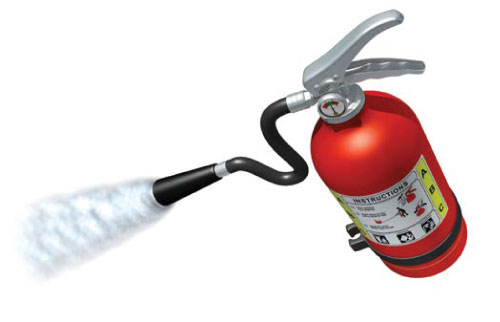
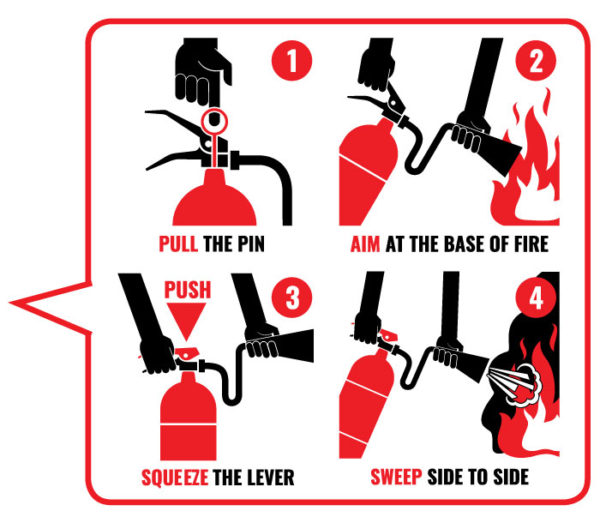
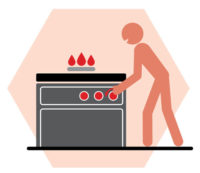
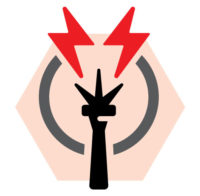
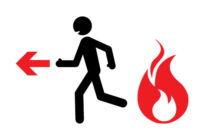
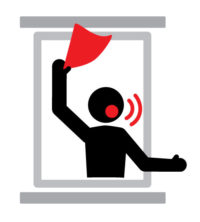

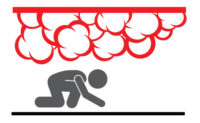
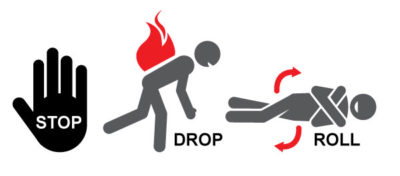




Comments